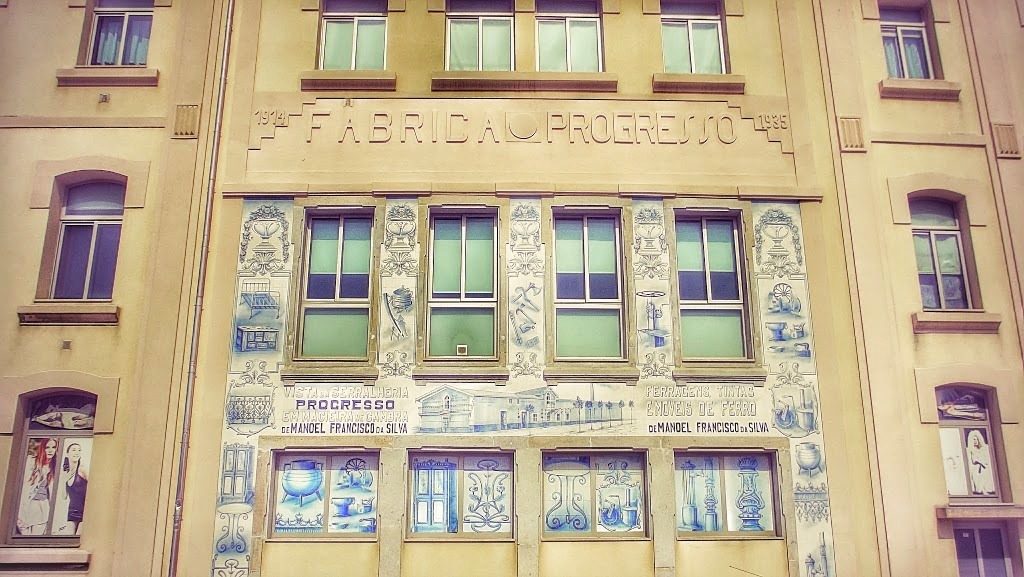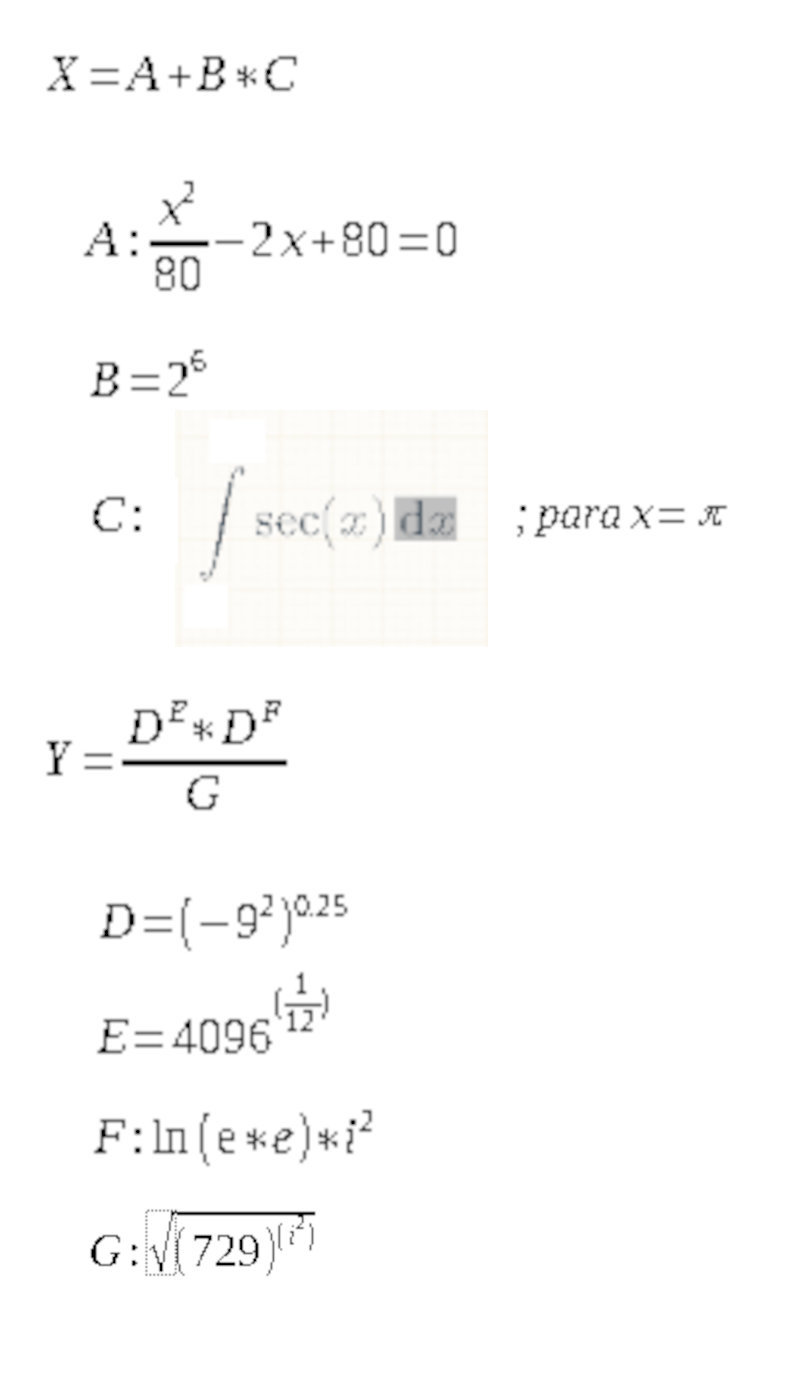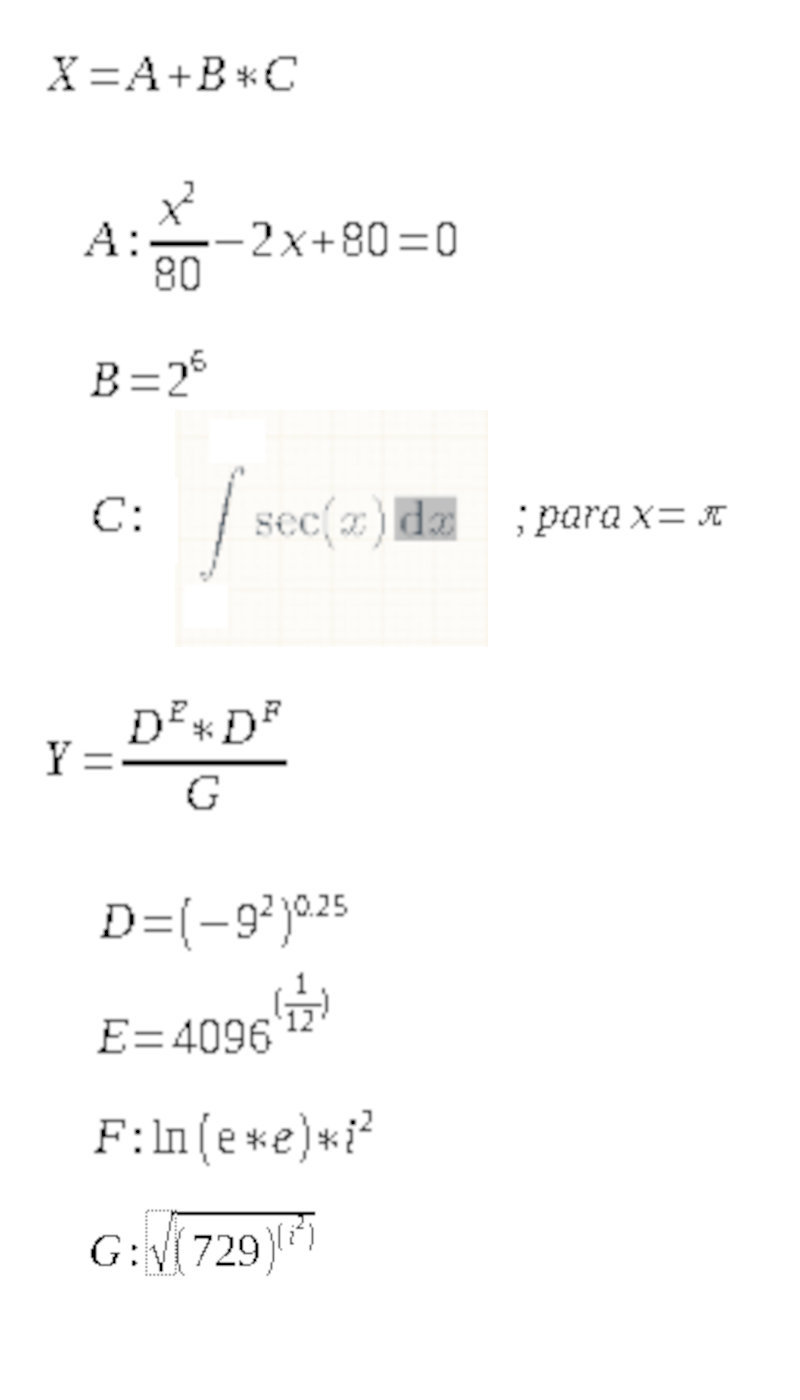

 Scroll down (way down!) for the english version
Scroll down (way down!) for the english version
Notas
A cache não se encontra nas coordenadas publicadas
Por favor deixa tudo como encontraste: o container na mesma posição onde estava, e o saco / elásticos como estavam!
Há gatinhos nas coordenadas finais, podes trazer ração seca se quiseres :-)
Inagurada em 1914 como filial espinhense da Serralharia de igual nome situada em Macieira de Cambra, propriedade do empresário Manuel Francisco da Silva, só quatro anos mais tarde passou a ter a fachada decorada com os icónicos azulejos pelos quais ainda hoje é reconhecida, da autoria de Licínio Pinto. Confortavelmente instalada à face da rua 8, ocupava o quarteirão delimitado pelas ruas 33 e 35, e tinha como vizinhas a Fosforeira Nacional e a estação Espinho-Vouga; a primeira ficava três quarteirões acima, e a segunda pouco mais de uma centena de metros a sul.
Inicialmente voltada para a serragem, mobiliário e tintas o sucesso do negócio levou à expansão das instalações e da gama de operações industriais. Adquiriu duas novas mais-valias: fundição e vitrificação. Ainda em plena época dourada da indústria espinhense, foi atingida pelo desastre em 1933. Um incêncio deflagrou na seccção da fundição, alastrando-se rapidamente às áreas da serralharia e alumínios - as três ficaram reduzidas a escombros fumegantes. Mas não foi o suficiente para pôr um fim às instalações espinhenses da empresa: em 1935 o edifício já estava restaurado, e o novo fôlego assim ganho deu-lhe resistência suficiente para correr mais seis décadas. Laborou continuamente até 1990, ficando pouco atrás da resiliência da vizinha Fosforeira Nacional, que a sobreviveu por mais 16 anos.
E para trás ficou o edifício, mais um fantasma industrial urbano a pesar na consciência da freguesia. Os anos deram-lhe o natural desgaste, e os apetites vorazes do mercado imobiliário ditaram a sentença final. As instalações foram completamente demolidas em 2003, fachada e azulejos incluídos. No seu lugar foi edificado um complexo habitacional e comercial, à semelhança do edifício fabril da Fosforeira Portuguesa. A loja que ocupa a entrada principal do edifício deixa um certo travo amargo na boca pelo contraste que apresenta face à anterior magestade industrial.
Num rebate de consciència, decidiu-se ressuscitar os veneráveis azulejos que compunham a fachada, reconstruídos minuciosamente a partir dos registos existentes. Apesar da ausência de qualquer relicário físico, talvez a Fundição Progresso ainda assim tenha tido melhor sorte em conservar a sua memória pública do que o resto do imobiliário industrial espinhense.
(Texto original por KangarooMouse)
Leituras recomendadas
Maré Viva (p. 13)
Ficha de registo de Monumento Nacional
Coordenadas finais
Os engenheiros - sobretudo os de gestão industrial - formam a coluna dorsal de qualquer indústria ou negócio, como aconteceu com a Serralharia Progresso. Conseguem fazer bem quase tudo, e são até os mestres nalgumas áreas. Parecidos com um canivete suíço, só que melhores :-) Como de costume com matérias que exigem precisão e fiabilidade, precisam de ter domínio sobre as matemáticas. Que melhor desafio, então, que pegares nas tuas competências na área e exercitá-las um pouco? :-)
Notação DD MM.MMM. As coordenadas finais podem ser obtidas a partidas das publicadas subtraíndo o valor X às casas decimais dos minutos da latitude (os 'MMM' depois do ponto decimal), e Y aos da longitude.


Notes
This is a mystery cache, solve the puzzle to find the real coordinates!
Please leave the container as you found it: in the same spot, and its plastic bag/rubberbands as they were.
Cats can be found at the final location, feel free to bring dry feed :-)
The building housing the Espinho Progresso Ironworks was inagurated in 1914, and served as the local branch to the original ironworks in Macieira da Cambra, owned by entrepreneur Manuel Francisco da Silva. Four years later, the façade was decorated with the iconic azulejo tiles by Licínio Pinto. Overlooking one of the main arteries of the city, Rua 8, and lodged between Ruas 33 and 35, the building resided in fair company: Fosforeira Nacional was three quarters to the East, and the Espinho-Vouga station lay but a little more than 100m to the South.
While initially focusing on ironworks and painting materials, business rapidly grew, and so did the scope of Progresso's industrial endeavours, now encompassing a foundry and vitrification facilities. The golden age of industry in Espinho was still in its early stages when disaster struck in 1933: the foundry caught on fire, the flames engulfed the majority of the building and reduced them to little more than smouldering ashes. Both the foundry and ironworks were no more. But Progresso didn't stay down for long, and by 1935 it had resumed peak production. This new lease on life drove it for six more decades, until it finally shut down in 1990. Only its neighbour up west, Fosforeira Nacional, managed to outlive it, and even so only by 16 years.
The disused building became another urban spectre haunting the conscience of the parishioners. Time brought about ever-increasing decay, until the solicitations of real-estate agencies decided its final fate. Much as it would later happen with Fosforeira Nacional, the factory was replaced by a commercial/residential complex. The whole of the building was demolished in 2003, including the façade and its famed azulejos. The shop that can now be accessed by what was once the factory's main entrance stands in sharp contrast to Progresso's former industrial magestical demeanour.
Perhaps in an act of regret, or in an attempt to soften the full blow of outright extermination, the venerable ajulezos adorning the façade were painstakingly recreated one by one, and set into it once more. In spite of none of its physical relics having survived materially, perhaps the Progresso Foundy and Ironworks has thus been given the most respectful and enduring memorial of any of Espinho's remains from its industrial golden age.
(Original text by KangarooMouse)
Further reading
"Maré Viva" magazine (p. 13)
National Monuments registry
Puzzle and final coordinates
Engineers (and industrial management ones especially so) are the backbone of any industrial enterprise, as jacks-of-many-trades and masters-of-quite-a-few. They were invaluable to the Progresso Ironworks and many of the town's other industries. As usual with any subject that demands precision and reliability, they need to have some degree of mastery over mathematics. What better chalenge, then, than bringing your numerical skills up to speed? :-)
Notation: DD MM.MMM. The final coordinates can be calculated by subtracting X from the decimal part of the latitude's minutes (the "MMM" after the decimal point), and Y from longitude.
